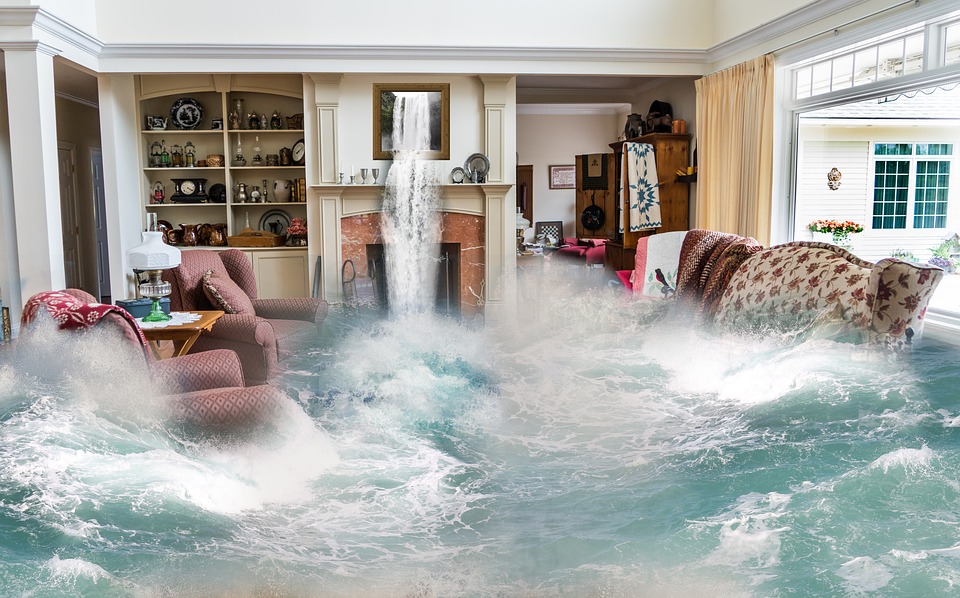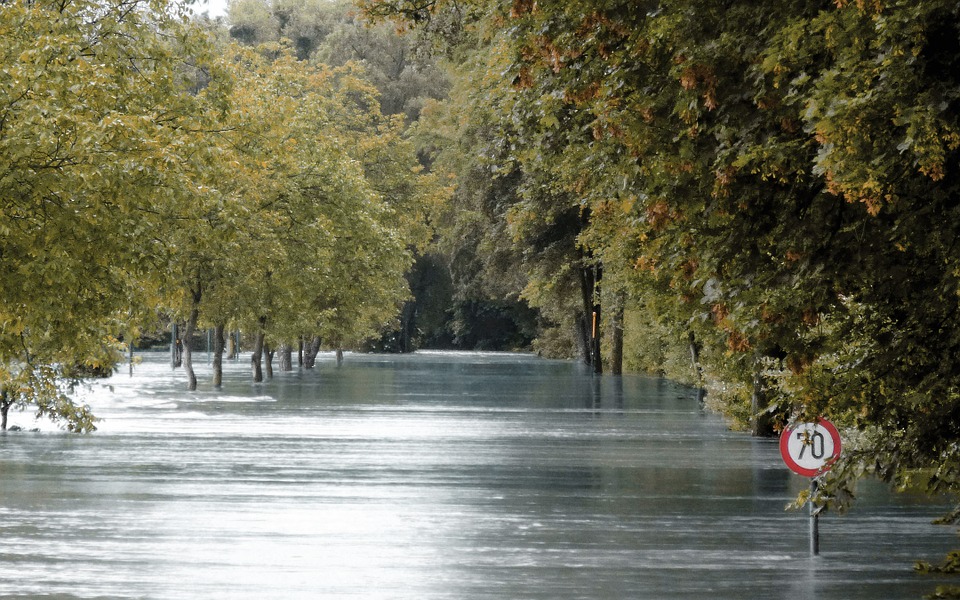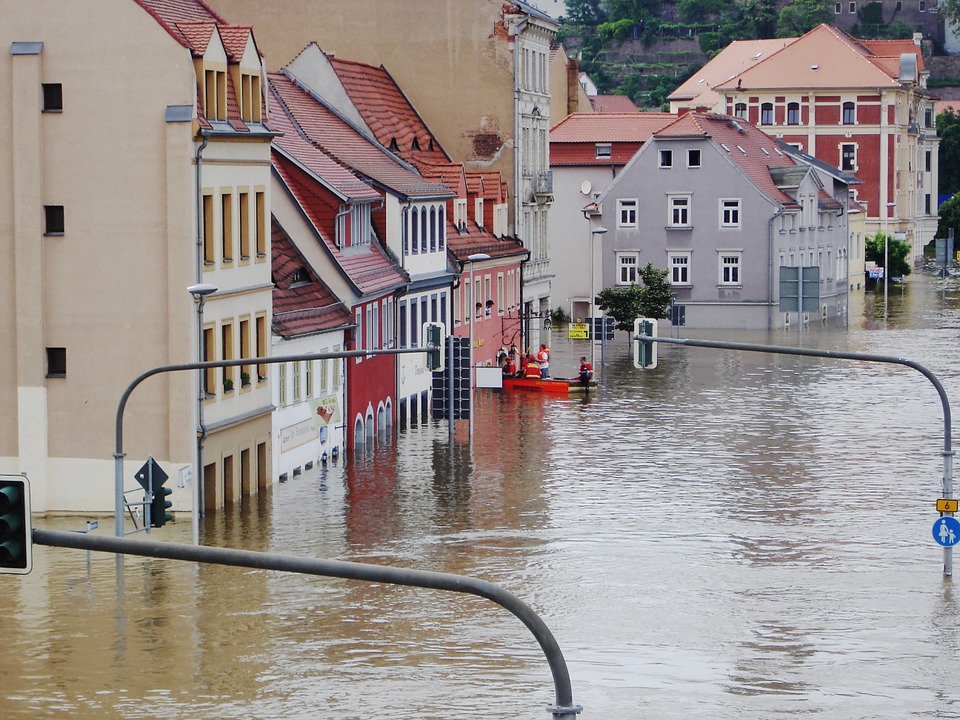If there is one thing that’s guaranteed in England, it’s rain. And if there’s another thing guaranteed, it’s that we’ll be woefully under-prepared for it. The merest smattering of snow brings the country grinding to a halt, a second of sunshine gets us running for cover, and a single gust of bluster has us battening down the hatches with abandon. Silly, we know, but nonetheless a source of national pride – somehow – at our ineptitude at predicting, and responding to, the ever changing weather.
Flood damage, though, is no laughing matter, affecting thousands of homes each year, destroying cherished property and disrupting daily life without discrimination. So with that in mind, we think it’s high time to get serious about this annual occurrence. Here are 5 IDEAL ways to protect your property from floods.
BE GREENER & RECYCLE
Global warming is increasing rainfall rates. Fact. Climate change means more frequent flooding. Fact. We all need to take responsibility to help prevent flooding. Fact. Scientists have warned us that there’s a direct correlation between climate change and flood risks, so it’s high time we did something about it. It’s basic physics – a warmer atmosphere can hold more moisture, thus there are going to be heavier downpours. From recycling to reducing your everyday carbon footprint, there are so many ways to live a greener life and in turn, mitigate the risk of flooding and help to protect your property.
PETITION THE GOVERNMENT
The government needs to get serious about climate change and factor it into all of it’s policies. As far as we’re concerned, it needs to quadruple (more, even) it’s efforts in tackling the causes of climate change. So petition the government to be greener. Ask them to stop burning fossil fuels and power up the country with clean energy. They also need to force devlopers to make new homes resilient to flooding.
FLOOD BARRIERS
Make your home a fortress against the rain. Ensure any gaps or holes in the sealant of your doors and windows are filled in. Cover airs vents with plastic sheeting. Sandbagging and using flood boards can also prevent water from entering your house so it’s a good idea to stock up on them. Plenty of retailers have empty sandbags for sale, use them to block doorways and help you fight the flood. On a wider scale, more natural measures need to be put into place to stop flooding . Think tree planting and placing logs in rivers to slow the flow of the water. Another petition to the government anyone?
FLOOD IMPACT REDUCTION
It’s important to know the flood level of your home which you can find out from your local government agency. Once the water reaches the level of your floor and goes an inch above, you’re going to have significant damage. Therefore it’s important to think about the interior design of your house; raise switches, sockets, circuit breakers, wiring and anything else electrical at least a foot above the flood level in your area. Think about where your letterbox is and install water resistant doors and window frames You can also raise the legs on tables, chairs and other furniture.
As Better Flood, who offer Delaware flood insurance, tell us, you should consider replacing wooden floorboards with concrete and tiles rather than having carpet on your bottom floor. Plaster internal walls with water resistant materials like lime plaster or cement render. Even consider a green roof (roofs that are covered in vegetation) which will absorb rainwater and help to mitigate flooding. Equally, think about building a rain garden, which uses plants that absorb rainwater.
During heavy rainfall and risk of possible floods, it’s a good idea to move anything in harm’s way from the deluge to upper floors – furniture, rugs, electronics and other personal belongings you don’t want to get ruined. Also, remember to shut off all your power supply – water and electricity is never a good combination.
To further protect your home from flood damage, it’s essential to have a plan in place for post-flood recovery. In the unfortunate event that flooding does occur, knowing who to call for emergency flood cleanup services can make a significant difference in minimising long-term damage. Such services can help you quickly remove water, dry out your property, and start the restoration process efficiently.
KEEP DRAINS AND PIPES MAINTAINED
To ensure your home is prepared to cope with heavy rainfall, get on top of your gutters. Literally. Clear them of any leaves, twigs and other debris that may have accumulated in your drains and pipes through the year. If you don’t, the water won’t be able to flow. You could even install one-way valves into your drainage pipes – this will help to prevent water and sewage backing up into the house.
And remember; the key to protecting your property is a holistic approach. It’s as much about protecting the environment as it is protecting your home.








